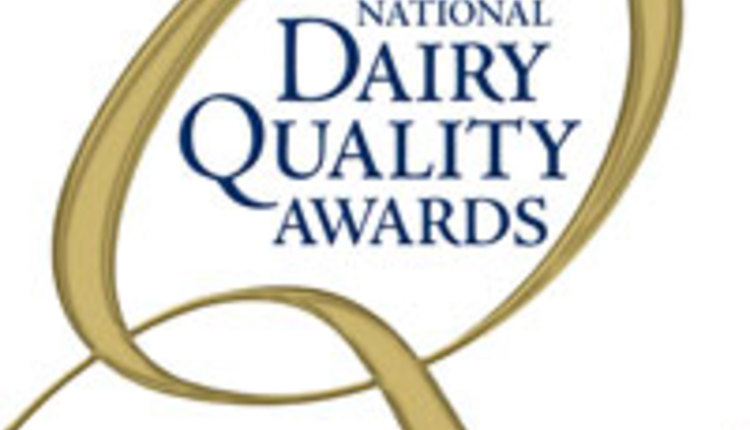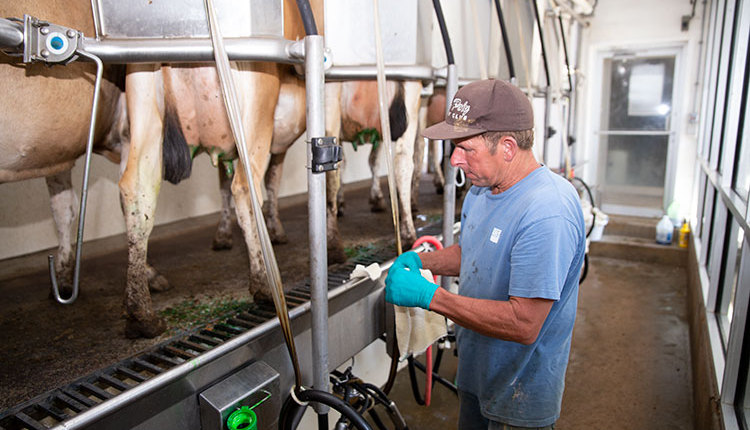
I think we all have been thinking overtime about what has led to the current malaise in the dairy industry . . . especially after reading the Hoard’s Dairyman Intel item “Fluid milk consumption falls to a 75-year low.”
I cannot help but think a great deal of the problem devolves from milk marketing, which is virtually unchanged over our working lifetimes. We still seem to have milk cooperative leaders who believe Congress (rather than consumers) should be our customer.
Prior federal subsidies may have led to more expansion of production than world trends justified, and proof of that may be that most of our major export markets have certainly ramped up their local dairy production capability utilizing our technology and our genetics, which we freely exported.
I decided to try some online research, so I Googled “issues with cow’s milk.”
The very first item is from PETA: “12 reasons to not drink cow’s milk.” In this they attempt to debunk most of the key benefits dairy checkoff promotions have sponsored.
As I scroll down the listings I find that much of the negativity involves “skim” or “low-fat” milk packages.
These tend to be the most processed of bottling milk packages, and the nutrition industry has a trend in favor of more “raw” and less “processed” foods.
Catch up to the times
Our industry has been slow to give up on the prior generation’s “fat phobia” and seems oblivious to the latest information regarding sugar intake as a poor substitute for beneficial fats. Yet most dairy cases have three times the skim milk as whole milk packages and do not differentiate price against nutrient value.
Beyond that, rising in the allegations of the digestive issues associated with milk is the A1 Beta Casein gene, now suspected to be the true culprit behind much of the diagnoses of “lactose intolerance.”
So far the established milk marketing systems are doing nothing to respond to this issue, rather it seems that the concept of “pooling” milk (get it all on the same milk truck) dominates all other considerations. In the process, any opportunity to differentiate milk at the farm production level where unique properties that could attract premium prices exist, are destroyed by the pooling into a generic milk supply.
Increasingly, the opportunities in premium milk products will come not just from more forage-based feeding programs that enhance flavor, but also from purely genetic differences in caseins and other gene-driven factors. Thus the generic “milk is just milk” philosophy on which genetic evaluation is based may need to switch from “ranking” to “product differentials.” Many dairymen are selecting on this basis even if their milk marketers are not ready to bring those products to the consumer market. I applaud these dairymen and hope they will not have to wait much longer for a return on their selection investment.
Lack incentive
Our largest and most entrenched (near monopoly) bottling handlers still favor skim over whole milk packages, but are now reduced to offering them as perpetual “loss leaders” (making neither the handler or the dairyman any money).
Large-scale processing works against any product differentiation as well because these companies see the cost of installing parallel process lines to introduce new products as cost-prohibitive. Any economist will tell you that you cannot sell more of any basic commodity by offering it at ever-lower prices; yet this appears to be our only response to the evidence of changing consumer preferences.
The scariest part of the recent Hoard’s Dairyman feature article is the steady loss in per capita milk consumption over the past 75 years the industry was able to ignore as long as population grew. Now that population growth has slowed, with fewer in the school age bracket where bottled milk consumption is most subsidized, decreased individual consumption of milk really hurts. We are 20 years behind in asking the question, “Why has consumption declined?” and providing good signals to dairymen of how much and what to produce.
We lash out against supply management elsewhere in the dairy world, but no one appears to need it more than we do in the U.S. — produce what people want, and avoid producing what you will end up dumping somewhere in the face of environmental sensitivity. You cannot “make” people drink milk, you have to maintain an image that brings consumers to milk as a desirable choice, and wasting resources is not the way to win friends in today's social fabric.
We must face that we live in an era of food activism. The belief that food activists can be ignored as fringe weirdoes with too much money is a big mistake. Within that agenda-driven organizations like PETA (who wish all animal food products to disappear) can and have gained a great deal of traction, aided by the instant and unedited internet communication. Environmentalists increasingly partner with food activists to influence legislation through public opinion and have their eye on the more extreme dairy expansion projects.
Our reliance on the land-grant university research systems to generate and promote the case for farm-produced foods has too often resulted in “one-size-fits-all” recommendations and is being challenged by increasingly sophisticated media that is faster, louder, and speaks more concisely and clearly than the scientific community. Our complacency in being “right with the science as we see it” is increasingly irrelevant.
— Greg Palen, former Michigan dairyman








